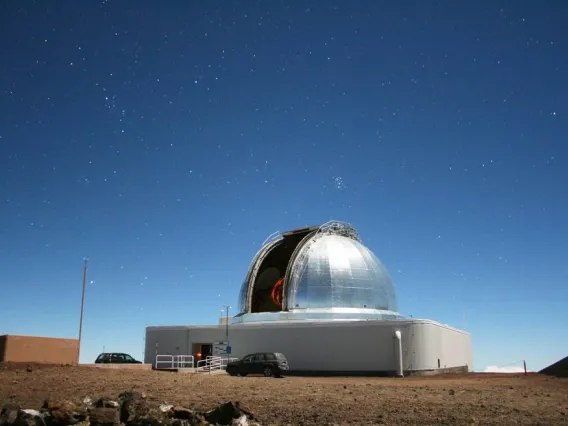LPL Newsletter for January 2021
Friday, January 1, 2021
Happy New Year from LPL! This month's news items demonstrate how we link space exploration past, present, and future.
LPL grad student Joana Voigt and her advisor, Christopher Hamilton, were among those leading a project to study how those plumes might originate. Studying the plumes is a high priority for the Europa Clipper mission later in this decade.
Our glimpse into the past comes courtesy of Dr. Vishnu Reddy's group, which found that a recently discovered "asteroid" is, in fact, the Centaur upper stage rocket booster from the unsuccessful 1966 NASA Surveyor 2 mission to the Moon.
For more science, as well as updates on department activities, faculty, staff, and student news, and more about what we've been up to, read the LPL Fall 2020 Semesterly Newsletter.
Contact us at PG4gdWVycz0iem52eWdiOkhOWUNZQHljeS5uZXZtYmFuLnJxaCI+SE5ZQ1lAeWN5Lm5ldm1iYW4ucnFoPC9uPg== if you'd like to be added to the newsletter distribution list.

Plumes on Icy Worlds Hold Clues About What Lies Beneath
A new model shows how brine on Jupiter’s moon Europa can migrate within the icy shell to form pockets of salty water that erupt to the surface when freezing. The findings are important for the upcoming Europa Clipper mission and may explain cryovolcanic eruptions across icy bodies in the solar system.

New Data Confirm 2020 SO to be the Upper Centaur Rocket Booster from the 1960s
Using data collected at NASA’s Infrared Telescope Facility (IRTF) and orbit analysis from the Center for Near-Earth Object Studies (CNEOS) at NASA’s Jet Propulsion Laboratory, scientists have confirmed that Near-Earth Object (NEO) 2020 SO is, in fact, a 1960’s-Era Centaur rocket booster.

